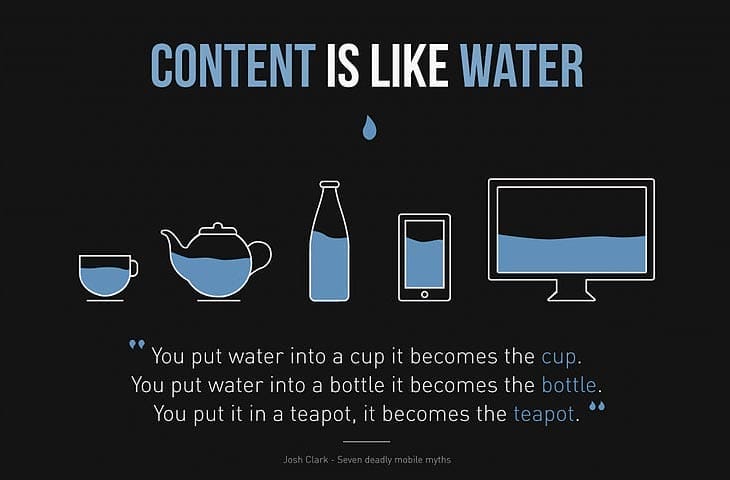
This way you’re sure your visitors will find the pages you want them to find. You can solve this by adding your most important navigation item(s) throughout your pages. Since you have limited space in your header on a mobile device, many websites use a hamburger menu to navigate through the website.Īlthough this is a great strategy, some of your visitors won’t recognise the hamburger menu. Although you might get away with using the same navigation in the footer, your header navigation should be different for mobile and desktop.

Prioritize – Sort the most important content higher in the page view.Smaller screen sizes mean that your members are going to see less information at once and will navigate your site in a different way. With more web users visiting websites on their mobile devices, the way people are engaging with your content is changing. The easier it is for members to access the content they want, the greater the reward you’ll see in your Google rankings. Just remember what Google is all about: connecting web searches with the most relevant results – keep this in mind when making changes to your site. It might seem intimidating, but the most important steps are usually the easiest. The fact is, once your site is mobile-friendly, there are several ways to improve your Search Engine Optimization (SEO). It’s no longer enough to have a great site, you have to get your site found.

It’s no secret your association’s website needs to cater to your current members, but how will prospective members find out about your association? The “ mobilegeddon” triggered by Google’s announcement of changes to its mobile search rankings algorithm may have opened your eyes to the importance of a responsively-designed website, but your association’s site might still be missed in many online searches.


 0 kommentar(er)
0 kommentar(er)
